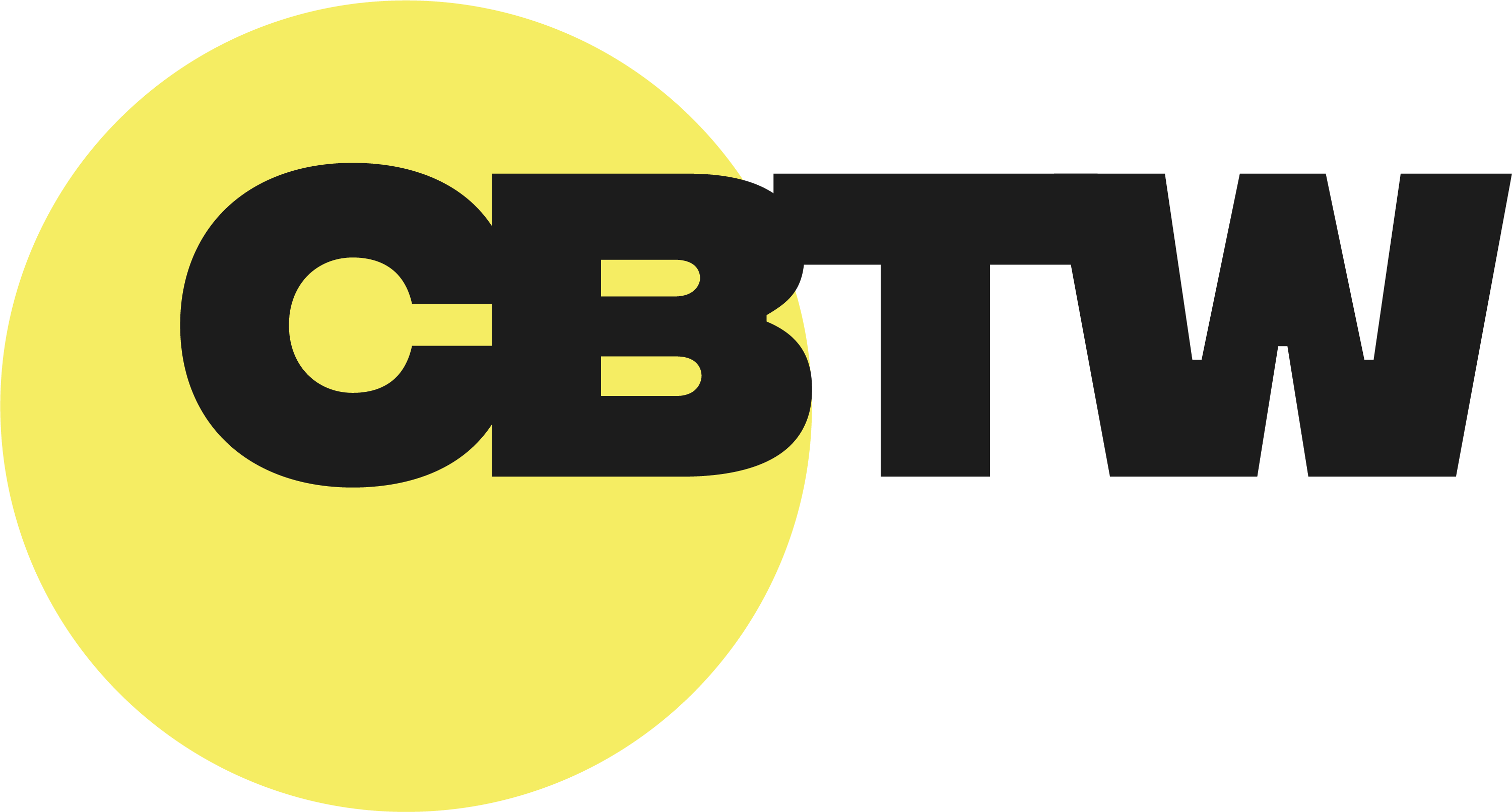
1- Your first job is to remove impediments.
One of the things you have to remember is that you’re there to make things easier for the team. You have to remove the difficulties and attend to their needs so they can finish the stories for that sprint. Part of the success of an Agile team is that they can respond to developing issues. These issues are part of the scope of your work. You have to remove these issues and make sure that someone is working on them in addition to their legwork for the sprint.
2- Track the progress and give solid metrics through the daily burn down.
If you haven’t discussed metrics with the team before any sprint, then it’s actually your fault. It’s your responsibility to create the Sprint Burn Down chart on a daily basis if you can. Since you’re the one who is removing the impediments from the team’s work, it’s also up to you to update the burn down chart with these milestones as well. Make sure everyone can see the chart or is made to look at progress every day.
3- Protect them team but support the Product Owner through stacking.
Since the product owner isn’t on the ground with the team (that isn’t part of his/her responsibilities), it’s up to you to protect the team from their possible command-and-control tendencies. Still, the product owner is the one who can prioritize the backlog. One way to protect the team and support the product owner is to add sub-stories to the backlog: they will contribute to the sprint and show the product owner that the team is on the right track, to prevent interference.
4- Instil a sense of ownership in the project.
Guide your team in using simple tools and processes to produce high-quality work that they can be proud of. Keep in mind that you’ve formed a cross-functional team that can become hyperactive and produce a mess that works, but not optimally. Make sure that they use simple methods such as Peer Programming to code so that the working software is always optimized.
5- Always remember to inspect and adapt.
Keep in mind that empirical data is a crucial part of tracking the Sprint progress. From the Daily meeting to the Burndown and the Sprint Retrospective, it’s important that the team adapts and responds to all calls for improvement with positive actions.
6- Follow the prioritization and get out of your comfort zone.
The Sprint Backlog can look like a monster to be slain sometimes. But that’s why you’ve formed a cross-functional team that’s made up of senior developers and experts. They’re supposed to have the skillset and the experience to handle all the stories. Don’t shy away from harder cards at the start and cram towards the end. Follow the priorities as discussed during the planning before the Sprint.
7- You have your role as a Scrum master, make sure your team members don’t forget their own role.
I know that it can be paradoxical for a responsive, Agile team to have rigid roles. But a cross-functional team can meet the demands of issues and changes quickly while still adhering to their roles. It’s up to you that they stick to their roles—building the product based on the stories for that sprint.
8- Make sure the Daily Meeting takes place.
The Scrum framework is strict because it’s important for the project to succeed. Even if it seemed like a slow day, it’s important that the meeting happens. You also have to make sure that the team discusses—not reports. They have to discuss the stories and the progress.
9- Protect the team by communicating the benefits of Scrum.
The loss of control is scary for traditional managers. As the Scrum master, it’s your job to maintain the self-organization of your team members so they can produce a working application even in the middle of the project. Show the management that the product works already with Scrum.
10- Become Scrum.
When your top job is to remove impediments, you have to show everyone that sprinting through the stories is the best way to get the job done. Don’t take the line of least resistance and never miss out on any of the standards you have set for the project.
For more information discover our Ninja Certified Scrum Master Training
Discover our trainings in :
English:
Français

